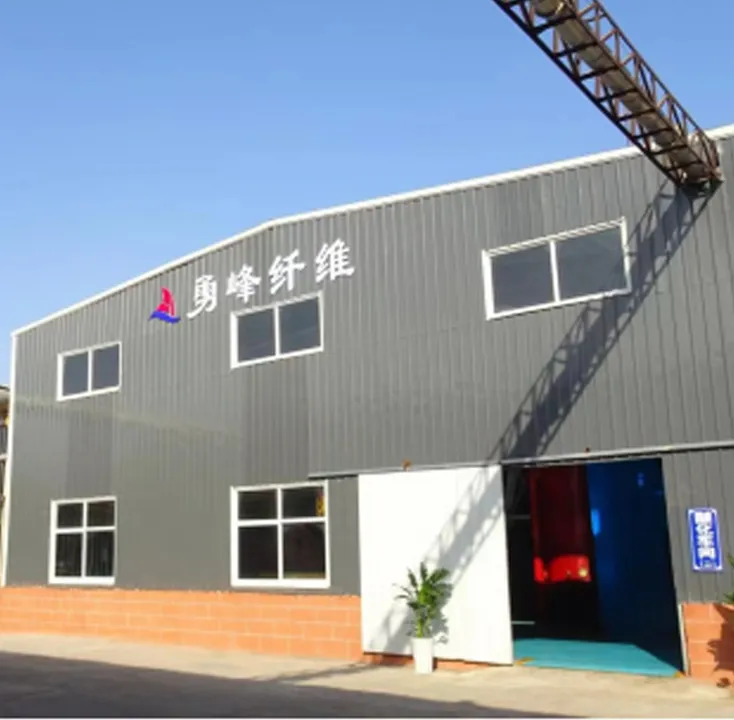Understanding HPMC An Overview of Hydroxypropyl Methylcellulose
Hydroxypropyl Methylcellulose (HPMC) is a versatile and widely used cellulose ether. It has gained prominence across various industries, including pharmaceuticals, food, cosmetics, and construction. With its unique combination of properties, HPMC has become a preferred choice for many applications requiring thickening, binding, and film-forming agents.
Composition and Properties
HPMC is synthesized from cellulose, a natural polymer derived from the cell walls of plants. The modification process involves the introduction of hydroxypropyl and methyl groups into the cellulose structure, which enhances the solubility and functionality of the polymer. This modification results in a product that is non-ionic, making it compatible with a broad range of formulations.
One of the key properties of HPMC is its ability to form gels and thick solutions, which makes it an effective thickening agent. It is soluble in cold water, and upon exposure to heat, it transitions into a gel-like consistency. This heat sensitivity is particularly beneficial in food and pharmaceutical products, where specific viscosity at different temperatures is desired.
Applications in Pharmaceuticals
In the pharmaceutical industry, HPMC serves various critical functions. It is widely used as a binder in tablets, ensuring uniform distribution of active ingredients and enhancing the tablet's mechanical strength. HPMC also plays a vital role in controlled-release formulations. By adjusting the molecular weight and concentration of HPMC, formulators can effectively control the release rate of drugs, providing prolonged therapeutic effects.
Moreover, HPMC's film-forming properties make it an excellent candidate for coating pharmaceutical tablets. Coatings protect the active ingredients from environmental factors and can mask unpleasant tastes. They can also improve the product's appearance, thereby enhancing patient compliance.
hpmc chemic

Role in Food Industry
HPMC is a popular ingredient in the food industry due to its ability to improve texture and stability. It acts as a thickener, emulsifier, and stabilizer, helping to enhance the mouthfeel and consistency of food products. Common applications include sauces, dressings, dairy products, and baked goods. Its ability to retain moisture also makes it beneficial in preventing the drying out of baked items.
Additionally, HPMC is often used in gluten-free products as a binding agent, helping to mimic the properties of gluten and improve the overall structure and quality of the final product.
Cosmetic and Personal Care Applications
In the cosmetics industry, HPMC is valued for its ability to impart a smooth texture to creams and lotions. It acts as a thickening agent, stabilizer, and emulsifier, ensuring that oil and water-based ingredients remain mixed effectively. HPMC's film-forming capacity also contributes to the longevity of products like mascaras and hair gels, providing a lasting hold without compromising flexibility.
Conclusion
The multifaceted nature of Hydroxypropyl Methylcellulose makes it an invaluable compound across various sectors. Its applications in pharmaceuticals, food, and cosmetics demonstrate its versatility and effectiveness in enhancing product quality. As industries continue to prioritize clean-label products and sustainable solutions, HPMC stands out as a reliable ingredient that meets the evolving demands of consumers while contributing to the development of innovative formulations. The ongoing research into its functionalities and potential applications promises even more exciting developments for HPMC in the future.
-
The Application and Significance of Construction RdpNewsMay.19,2025
-
Industrial Grade HpmcNewsMay.19,2025
-
Building Coating Adhesive Building Coating Adhesive HpmcNewsMay.19,2025
-
Application Of Hpmc For Detergent For Detergent In DetergentsNewsMay.19,2025
-
Application Of Hpmc Cellulose In Cement-Based MaterialsNewsMay.19,2025
-
Application Of High Quality Hpmc For Construction In The Field Of ConstructionNewsMay.19,2025




